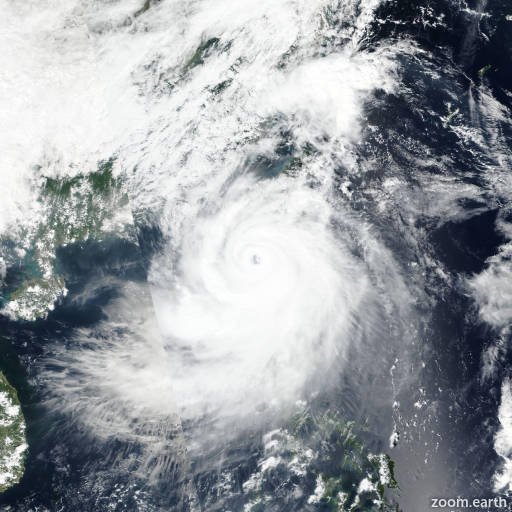Super Typhoon Krathon (Julian) 2024
Last Modified:

Satellite images, weather maps and tracks of Super Typhoon Krathon 2024, 27 September - 3 October. Max wind speed 250km/h.
Click on the map to add points. Double‑click to finish.
Tap on the map to add points.
Last Modified:

Satellite images, weather maps and tracks of Super Typhoon Krathon 2024, 27 September - 3 October. Max wind speed 250km/h.